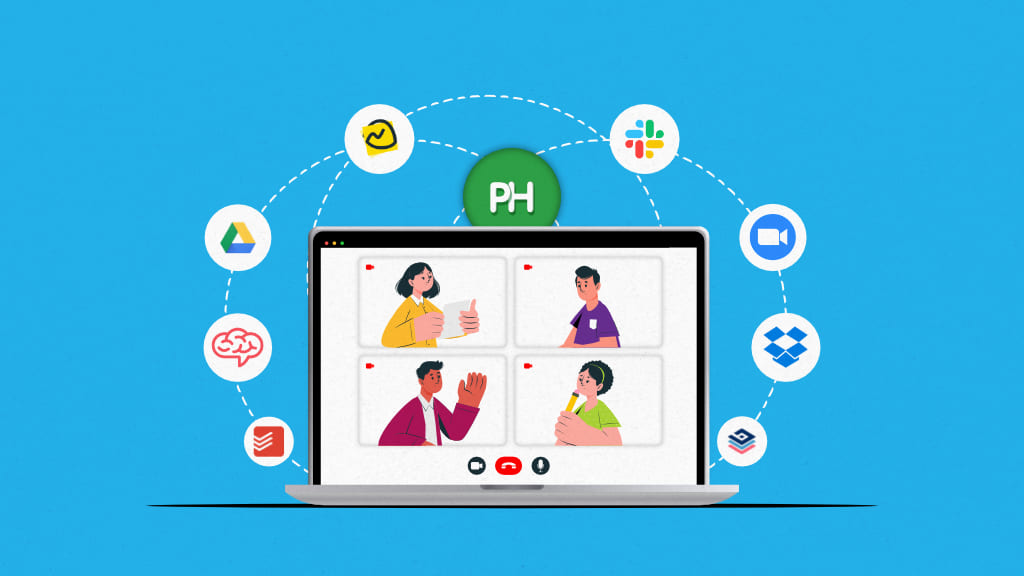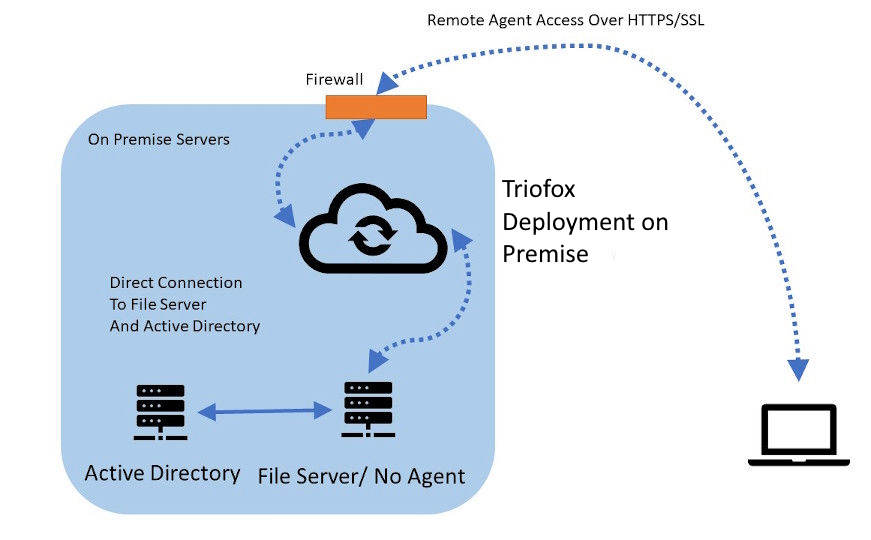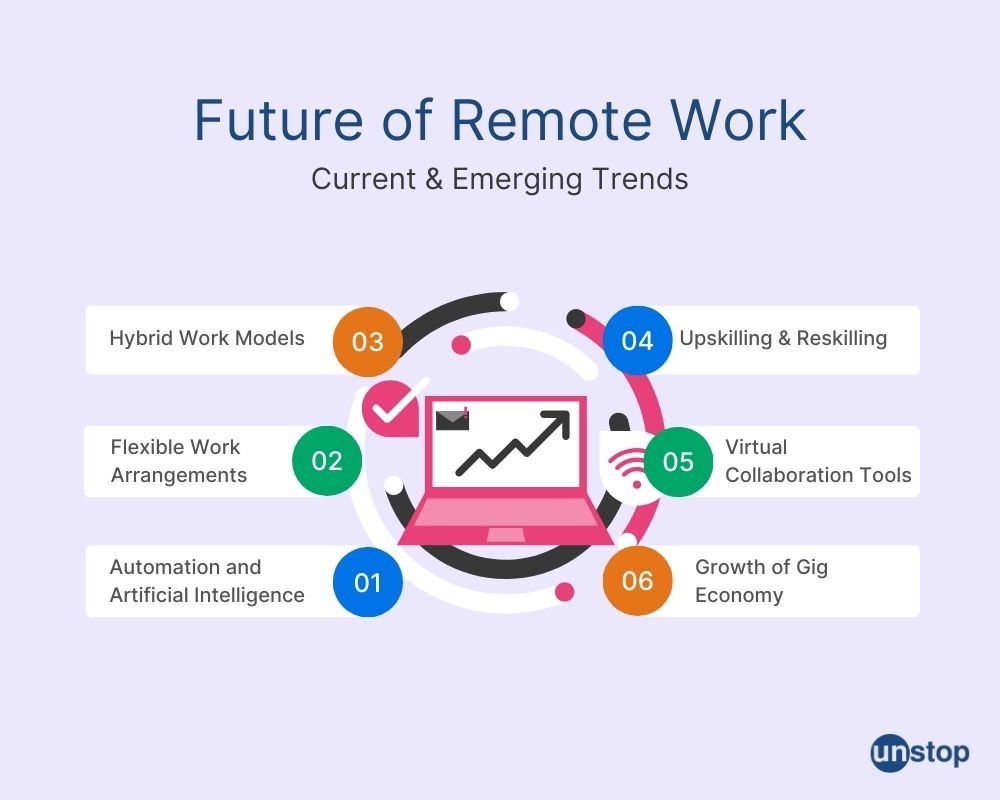
Introduction
Understanding Remote Cloud Access
In today’s digital world, remote cloud access has become essential for businesses and individuals alike. It’s the ability to access applications, files, and data over the internet from virtually anywhere. Imagine working on a project from a cozy café or reviewing documents while waiting for your flight — the flexibility is remarkable. With the evolution of technology, remote cloud access allows for seamless collaboration, unrestricted by physical location.
Benefits of Remote Cloud Access
The advantages of remote cloud access are plentiful, and they largely contribute to enhanced productivity and work-life balance. Here are some key benefits:
- Flexibility: Employees can work from any location, adapting to personal schedules while remaining connected to the team.
- Cost Savings: Businesses can reduce overhead costs associated with maintaining physical office spaces.
- Improved Collaboration: Tools like Google Drive and Microsoft Teams enable teams to collaborate in real time, fostering innovation and efficiency.
- Scalability: As businesses grow, cloud solutions can easily be scaled to meet increasing demands without significant investments in infrastructure.
As we delve deeper into this transformative workplace shift, it’s crucial to understand the necessary steps for setting up remote cloud access effectively.

Setting Up Remote Cloud Access
Choosing the Right Cloud Service Provider
Once businesses recognize the benefits of remote cloud access, the next step is selecting the right cloud service provider. This choice can significantly impact overall efficiency and security. It’s much like choosing the right vehicle for a long road trip; you want something reliable and suited to your needs.
Here are some factors to consider when making this decision:
- Performance and Reliability: Look into uptime statistics. A good provider should offer at least 99.9% uptime.
- Scalability: Ensure that the service can grow with your business. Can you easily upgrade or adjust your resources?
- Support and Service: Research customer support options. Is there 24/7 assistance?
Establishing Secure Connections
After choosing a provider, it’s vital to establish secure connections to protect sensitive data. Imagine running a marathon without proper safety gear; you wouldn’t feel secure. Similarly, your connection needs to be fortified against potential threats.
Here are essential practices for secure remote access:
- VPNs: Utilize Virtual Private Networks to encrypt data transmission.
- Firewalls: Implement firewalls to block unauthorized access.
- Regular Updates: Keep software and security protocols up to date to mitigate vulnerabilities.
With these steps, businesses can confidently embrace the remote cloud era, knowing they have both the right provider and strong security measures in place.

Maximizing Productivity with Remote Access
Collaborative Tools for Remote Teams
As businesses transition to remote cloud access, maximizing productivity hinges on effective collaboration tools. Just as a musician needs the right instruments to create harmony, remote teams need the right digital tools to work seamlessly together.
Here are some top collaborative tools that have proven invaluable:
- Slack: This platform simplifies communication with channels for different projects and direct messaging for quick conversations.
- Trello: Great for project management, Trello allows teams to visually track tasks and share updates in real-time.
- Zoom: A reliable video conferencing software that helps teams stay connected, facilitating face-to-face interactions for brainstorming sessions or check-ins.
Enhancing Efficiency with Cloud Applications
In addition to collaboration tools, utilizing various cloud applications can significantly improve efficiency. These applications enable employees to access their work from anywhere, thus promoting a flexible work environment.
Consider the following cloud apps:
- Google Workspace: This suite offers tools like Docs and Sheets for real-time collaboration and document management.
- Dropbox: Perfect for file sharing and storage, Dropbox helps teams access documents effortlessly.
- Asana: This task management application helps track project progress and deadlines, ensuring tasks are completed on time.
By incorporating these collaborative tools and cloud applications, remote teams can maximize productivity and achieve greater success, regardless of distance.

Security Measures for Remote Cloud Access
Data Encryption and Backup Procedures
As organizations dive deeper into remote cloud access, protecting sensitive data becomes paramount. Think of your data as a valuable treasure that needs safeguarding from prying eyes. Data encryption and robust backup procedures are essential defensive strategies in this digital landscape.
- Data Encryption: This process converts readable information into a scrambled format that can only be deciphered with a specific key. It’s a bit like placing your valuables in a vault. Consider using AES (Advanced Encryption Standard), which provides strong protection for sensitive data.
- Regular Backups: Implementing scheduled backups ensures that you have a safety net if anything goes wrong. Tools like Backblaze or Acronis can automate this process, allowing businesses to quickly recover lost data without significant downtime.
Implementing Multi-factor Authentication
Another crucial layer of security is multi-factor authentication (MFA). Implementing MFA adds extra protection, making it harder for unauthorized users to access sensitive information.
Imagine having two keys to unlock a safe — it strengthens security dramatically. Here’s how to implement MFA effectively:
- SMS Codes: Send a text message with a temporary code for verification.
- Authentication Apps: Consider apps like Google Authenticator or Authy for generating secure codes.
- Biometrics: Utilize fingerprint or facial recognition features where possible for an added layer of security.
Incorporating these security measures ensures that remote cloud access is both convenient and safe, enabling businesses to operate confidently in a digital world.

Overcoming Challenges of Remote Access
Bandwidth and Connectivity Issues
While remote cloud access offers incredible advantages, it also comes with its own set of challenges. One of the most common hurdles is dealing with bandwidth and connectivity issues. Picture this: you’re in the middle of a critical video meeting, and your connection drops. Frustrating, right? This is why ensuring a robust internet connection is paramount.
To mitigate connectivity challenges, consider these strategies:
- Assess Bandwidth Needs: Evaluate the needs of your team based on their tasks. Heavy users, like those frequently video conferencing, may require higher bandwidth.
- Promote Wired Connections: Whenever possible, encourage employees to use wired connections over Wi-Fi, which can be more stable.
- Use Quality of Service (QoS): Implementing QoS settings on routers can prioritize essential traffic, ensuring smoother performance for critical applications.
Managing Remote Workers Effectively
Effective management of remote workers is another challenge that organizations face. Without face-to-face interactions, it can be difficult to gauge productivity and maintain team morale.
Here are some practices for keeping remote teams engaged and focused:
- Set Clear Goals: Clearly define objectives and expectations for each team member, so they know what success looks like.
- Regular Check-ins: Schedule consistent one-on-one or team meetings to discuss progress, challenges, and celebrate achievements.
- Foster a Positive Company Culture: Encourage virtual team-building activities and social interactions to strengthen relationships and keep spirits high.
By addressing bandwidth issues and honing management strategies, businesses can effectively navigate the complexities of remote access and maintain a productive workforce.

Monitoring and Measuring Productivity
Tracking Performance Remotely
As businesses adapt to remote cloud access, monitoring and measuring productivity becomes crucial. It’s not unlike keeping an eye on a garden; regular observations help ensure everything is growing as it should. Tracking performance remotely allows companies to identify areas of improvement while supporting team members effectively.
Consider implementing tools such as:
- Time Tracking Software: Applications like Toggl or Harvest can help track hours worked, breaking down tasks and providing insights into productivity levels.
- Project Management Tools: Platforms such as Asana or Monday.com allow managers to set deadlines and monitor project progress in real time. This not only promotes accountability but also keeps everyone aligned on objectives.
Utilizing Analytics for Optimization
Once data is gathered, the next step is to utilize analytics for optimization. Analyzing performance metrics enables businesses to make informed decisions, similar to how a chef adjusts a recipe based on previous tastings.
Here are some key metrics to analyze:
- Task Completion Rates: Assess how many tasks are completed on time versus late to identify bottlenecks.
- Employee Engagement Levels: Use pulse surveys to gauge team morale and engagement, extracting insights that can influence productivity.
By effectively tracking performance and leveraging analytics, organizations can refine their strategies, ensuring a more productive remote work environment as they navigate the complexities of remote access.

Future Trends in Remote Cloud Access
Advancements in Remote Technology
As we move further into the digital age, the landscape of remote cloud access is continuously evolving. Just as technology like smartphones revolutionized communication, advancements in remote technology are set to enhance how we work.
Here are a few key innovations to watch for:
- 5G Connectivity: With faster internet speeds, 5G will significantly improve connectivity, allowing remote workers to access resources and collaborate seamlessly, even in challenging locations.
- Virtual Reality (VR) and Augmented Reality (AR): These technologies have the potential to create immersive work environments and enable virtual meetings that feel more engaging and realistic.
- Artificial Intelligence (AI): AI can analyze workflows and recommend tools or processes that enhance productivity, providing personalized support for remote workers.
Predictions for the Evolution of Remote Work
Looking ahead, it’s clear that remote work is not just a trend but a pivotal part of the future workforce. Here are some predictions for its evolution:
- Hybrid Work Models: Companies will likely adopt flexible hybrid models, allowing employees to choose between working from home and the office based on their preferences and tasks.
- Emphasis on Work-Life Balance: Organizations will prioritize mental health initiatives and flexible schedules to foster a healthier work environment.
These trends not only underscore the need for robust remote cloud access but also highlight the exciting future of work as businesses continue to adapt and thrive in this new normal.

Conclusion
Recap of Remote Cloud Access Benefits
As we reflect on the journey through remote cloud access, it’s clear that the benefits are substantial. The flexibility to work from anywhere, the potential for cost savings, and improved collaboration tools all contribute to a modern work environment that enhances productivity. Just like a well-crafted recipe, each ingredient plays a crucial role in creating a successful dish.
- Greater Work-life Balance: Employees can tailor their work schedules to fit their lives, reducing stress and increasing job satisfaction.
- Enhanced Collaboration: Cloud services bridge geographical gaps, enabling teams to work together in real-time effortlessly.
- Cost Efficiency: Businesses can significantly cut expenses related to physical office spaces and utilities.
Key Strategies for Optimizing Productivity
To fully reap these benefits, organizations must implement strategic approaches to optimize productivity in a remote work setting. Here are some key strategies:
- Invest in Technology: Ensure employees have access to the right tools and hardware, so they can perform at their best.
- Encourage Regular Communication: Promote open dialogues across teams to maintain cohesion and address issues promptly.
- Set Achievable Goals: Establish clear expectations and milestones to keep teams focused and motivated.
As remote work continues to extend its reach, embracing these strategies will help businesses adapt, thrive, and ultimately succeed in this evolving landscape.

